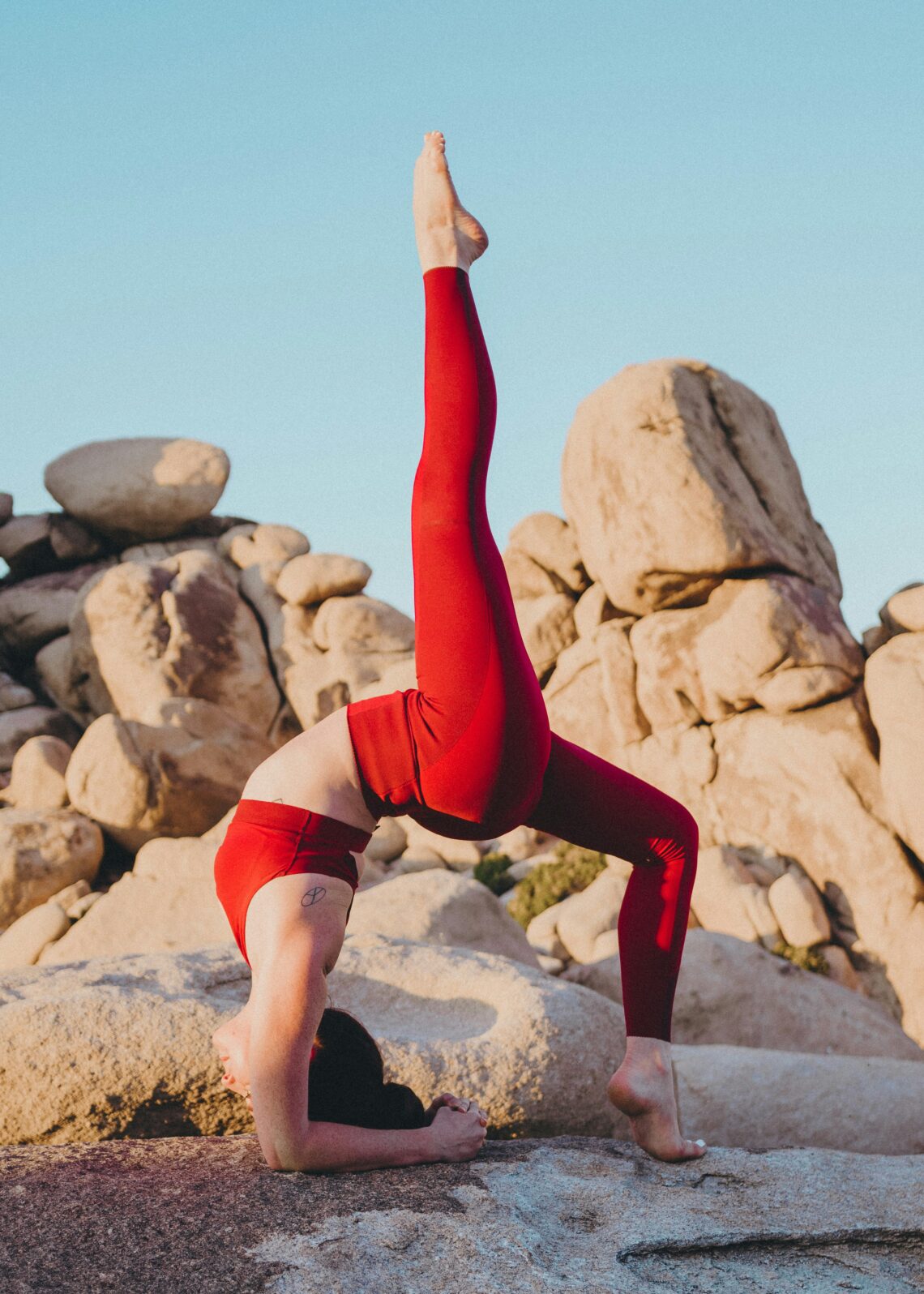Revitalize Your Routine with Mindful Practices for Lasting Wellness
Have you ever felt like your life is on autopilot? You wake up, go through the motions, and before you know it, another week has passed without a moment of true engagement. (I mean, when was the last time you savored your morning coffee instead of just gulping it down?) In our fast-paced world, it’s all too easy to lose touch with ourselves and our surroundings. But what if I told you that revitalizing your routine could be as simple as embracing a few mindful practices? Yes, folks, it’s time to pause, breathe, and reconnect.
Understanding Mindfulness and Its Benefits
At its core, mindfulness is about being present in the moment. It’s about taking a step back from the chaos of daily life and focusing on the here and now. This concept isn’t new—think back to the ancient teachings of Buddhism—but it has gained traction in recent years among wellness enthusiasts and skeptics alike. Why? Because it works.
The Science Behind Mindfulness
Numerous studies have shown that mindfulness can lead to improved mental health, increased focus, and even better physical health outcomes. For instance, a significant number of participants in mindfulness programs report reduced symptoms of anxiety and depression. And let’s not forget those moments when you find yourself mindlessly scrolling through social media—mindfulness can help you reclaim your attention from such distractions.
Real-Life Impacts
Consider this: a friend of mine, Sarah, once described how she felt like a hamster on a wheel, constantly running but never getting anywhere. She decided to incorporate mindfulness into her life, starting with just five minutes of meditation each day. Fast forward six months, and she’s not only more productive, but she’s also developed a richer appreciation for her experiences—whether it’s enjoying a walk in the park or simply relishing her favorite slice of chocolate cake. (Oh, that cake.)
Practical Mindful Practices to Integrate Into Your Routine
Ready to dive in? Here are several mindful practices that you can easily weave into your daily life. It might take a bit of effort at first, but stick with it. Trust me; the rewards are worth it!
1. Mindful Mornings
How you start your day can set the tone for everything that follows. Instead of jumping out of bed and immediately reaching for your phone, try this:
- Wake up five minutes earlier than usual.
- Take a moment to stretch your body and breathe deeply.
- Set an intention for the day. (Is it to be more patient? To tackle that big project? Find what resonates.)
These simple adjustments can create a ripple effect, making you feel more grounded as you tackle your to-do list.
2. Mindful Eating
Do you find yourself munching away while watching TV or scrolling through your phone? (Guilty as charged!) Mindful eating encourages you to savor each bite, truly engaging with your meal. Here’s how to give it a shot:
- Choose one meal each day to eat without distractions.
- Focus on the flavors, textures, and aromas of your food.
- Pay attention to your body’s hunger and fullness cues.
As you practice this, you may notice that your relationship with food transforms. Suddenly, it’s not just fuel; it’s an opportunity to experience joy.
3. Mindful Movement
Exercise is essential for a healthy lifestyle, but it doesn’t always have to be about breaking a sweat. Mindful movement can take many forms, from yoga to simply taking a walk. Here’s a little tip: try to connect your breath with your movement. If you’re walking, notice how your feet touch the ground and how your breath flows in rhythm with your steps. It’s a beautiful way to stay present.
4. Mindful Breathing
When life gets hectic, a few deep breaths can do wonders. I remember once during a particularly stressful day at work, I stepped outside for a few minutes. Just focusing on my breath helped clear my mind and reset my attitude. To practice mindful breathing:
- Find a comfortable seated position.
- Take a deep breath in through your nose, allowing your abdomen to expand.
- Exhale slowly through your mouth.
- Repeat this for a few minutes, letting go of any distractions.
It’s incredible how such a small act can bring a sense of calm.
5. Mindful Reflection
Taking time to reflect on your day can be a game-changer. Journaling is a great way to do this, allowing you to process your thoughts and emotions. I often find myself jotting down not just what happened during the day, but also how I felt about it. Here’s a simple structure you might try:
- What went well today?
- What challenged me?
- What am I grateful for?
Setting aside just ten minutes for this practice can lead to profound insights over time.
Combining Mindfulness with Other Wellness Practices
Now that we’ve explored individual practices, let’s talk about how to integrate mindfulness with other wellness routines. It’s not about reinventing the wheel; rather, it’s about enhancing what you’re already doing.
Mindfulness and Nutrition
Eating well is one thing, but when you combine mindful eating with a balanced diet, the results can be transformative. Here’s how:
- Prepare meals with intention. (Think about the ingredients you choose and how they nourish your body.)
- Plan your meals in advance, allowing you to focus on quality over convenience.
- Incorporate seasonal produce. Not only is it fresher, but it also connects you to the earth’s cycles.
Mindfulness Meets Fitness
If you’re a fitness buff, consider adding mindfulness to your workouts. Instead of zoning out during that treadmill session, focus on your form, your breath, and how your body feels. This not only enhances the effectiveness of your workout but also makes it more enjoyable. Remember that one time I tried to multi-task during a running session? I ended up tripping over my own feet while trying to check my watch. Lesson learned: focus on the now!
Merging Mindfulness with Sleep Hygiene
A good night’s sleep is crucial for overall wellness. But how often do we mindlessly scroll through our phones right before bed? (Again, guilty.) Instead, try to establish a calming nighttime routine that includes mindfulness:
- Set a regular bedtime and wake-up time.
- Engage in relaxing activities, like reading or gentle stretching.
- Practice gratitude by reflecting on your day’s positives before drifting off.
These practices can greatly enhance your sleep quality, making you wake up refreshed and ready to tackle the day.
Challenges to Mindfulness and How to Overcome Them
Embracing mindfulness isn’t without its hurdles. We’re all human, after all! Here are some common challenges and tips on how to navigate them.
1. The Busy Schedule Dilemma
One of the biggest excuses I hear is, “I don’t have time for mindfulness.” To that, I say: make time. Start small—five minutes here and there can add up. Perhaps you can sneak in a few mindful breaths while waiting for your coffee to brew or practice a quick meditation during your lunch break.
2. The Wandering Mind
When you first start practicing mindfulness, it’s natural for your mind to wander. (Trust me, I’ve mentally planned my grocery list mid-meditation more times than I care to admit.) When you notice your mind drifting, gently bring it back to your breath or focus point. It’s not about perfection; it’s about practice.
3. The Expectation Trap
Some people expect immediate results. Mindfulness is a journey, not a destination. It’s okay to have off days. (I mean, who doesn’t?) Celebrate small victories and remember that progress takes time.
Creating a Supportive Environment for Mindfulness
While mindfulness is an internal practice, having a supportive environment can enhance your experience. Here are some ideas:
1. Declutter Your Space
A cluttered space can lead to a cluttered mind. Take some time to tidy up your home or workspace. Create a calming atmosphere with plants, soft lighting, or calming colors. (I once turned my office into a jungle—everyone needs a bit of greenery, right?)
2. Find a Community
Joining a mindfulness group or class can provide additional support and motivation. Whether it’s an online community or a local yoga studio, sharing your experiences can lead to deeper insights.
3. Limit Distractions
Consider setting boundaries with technology. Maybe designate specific times to check your phone or social media, allowing you to be more present throughout the day.
Final Thoughts: A Journey, Not a Destination
As we wrap this up, remember that revitalizing your routine with mindfulness is a personal journey. There’s no one-size-fits-all approach. It’s about discovering what resonates with you and integrating those practices into your life.
So, whether you choose to start your day with a mindful intention, savor each bite of your meals, or simply take a moment to breathe, embrace the process. (Trust me, your future self will thank you!) As you embark on this journey, you may find that the world around you becomes a bit more vibrant, your relationships deepen, and your overall sense of wellness flourishes.
Now, go ahead—take a deep breath, and let the adventure begin!






